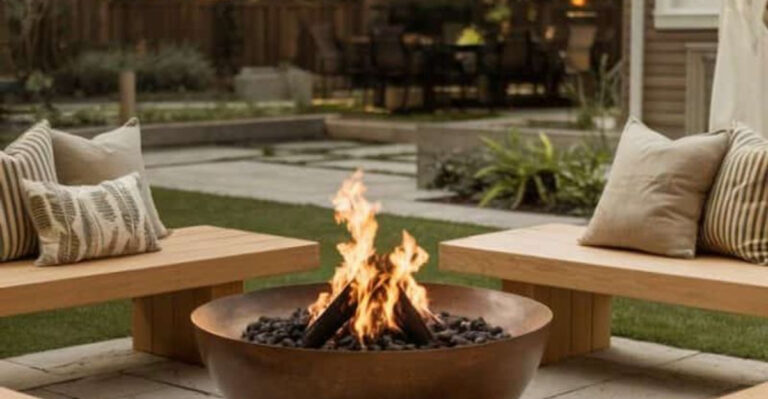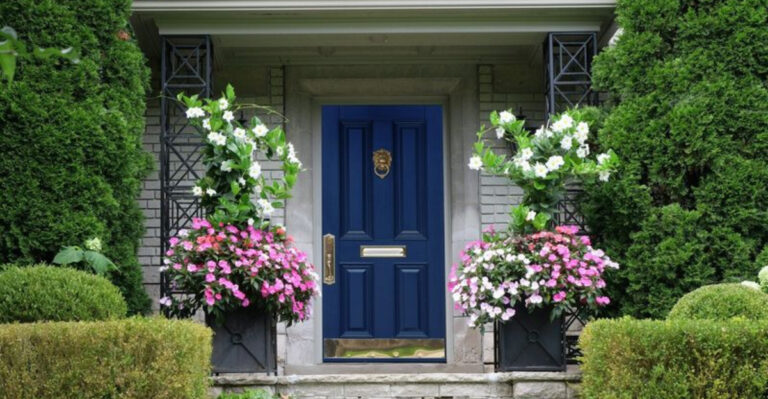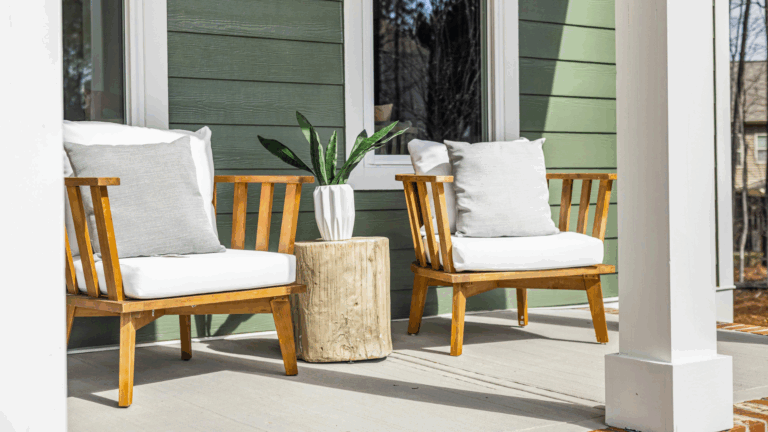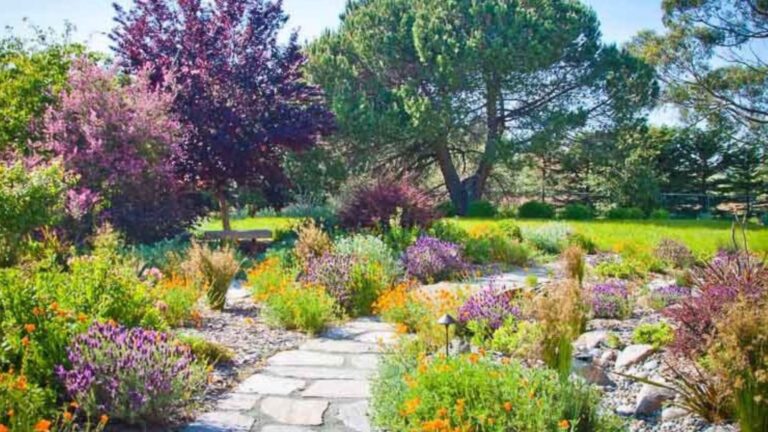What Is A Sleeping Porch? The Historical Home Feature That Could Be Making A Comeback
There’s something so romantic about the idea of drifting off to sleep with a warm breeze and the sound of crickets outside your window. Before air conditioning took over, families used sleeping porches to beat the heat, and honestly, I think they were onto something.
These airy, open spaces were the ultimate summer escape, and now I can’t stop dreaming about bringing one back. A cozy bed, soft linens, maybe a ceiling fan and some twinkle lights? Yes, please.
If you’re craving a little nostalgia and a lot of fresh air, this might be the retro home feature worth reviving.
1. What Exactly Is A Sleeping Porch?
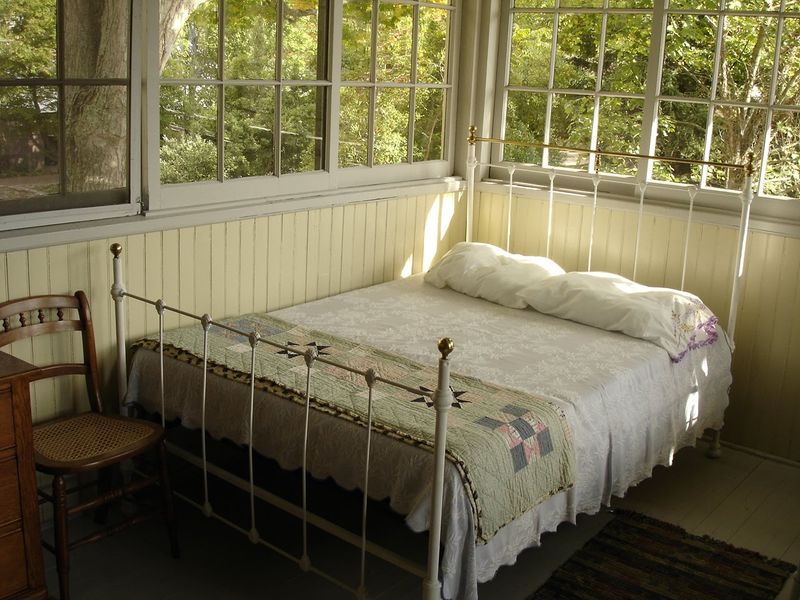
Back when summer nights felt like sleeping inside a furnace, clever homeowners created these magical outdoor bedrooms. A sleeping porch is basically a screened-in area designed specifically for snoozing under the open sky.
Think of it as camping without leaving your house. These spaces featured beds, chairs, and sometimes even dressers, all protected from bugs by fine mesh screens.
Fresh air circulation was the main goal, making hot nights bearable before modern cooling systems existed.
2. The Golden Age Of Porch Sleeping

Between 1880 and 1930, sleeping porches became the hottest home trend (pun intended). Wealthy families built elaborate versions with multiple beds, while middle-class homes added simpler screened areas.
Entire families would migrate to these spaces during summer months. Children especially loved the adventure of sleeping outdoors while staying safe at home.
Medical professionals even recommended porch sleeping for better health, believing fresh air could cure various ailments and improve overall wellness.
3. Health Benefits That Made Doctors Happy
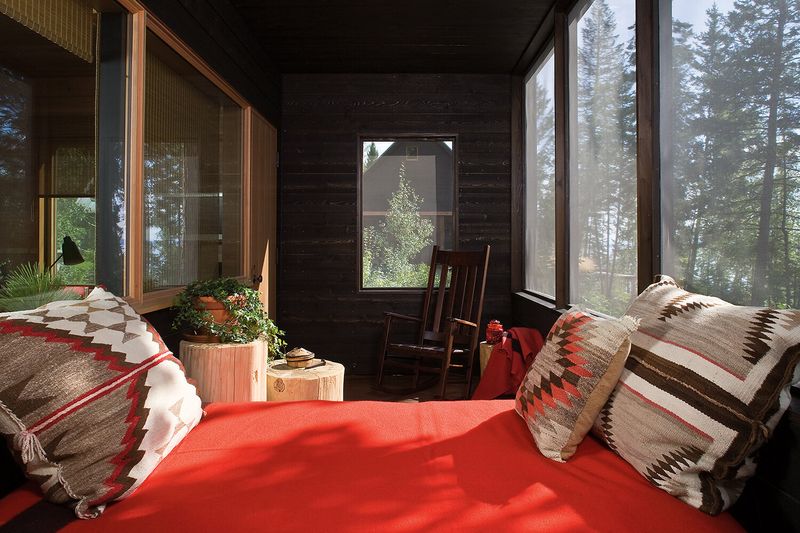
Doctors in the early 1900s were obsessed with fresh air therapy. They believed stuffy indoor air caused everything from tuberculosis to general weakness.
Sleeping porches offered constant ventilation, supposedly boosting immune systems and improving lung function. Parents were told their children would grow stronger sleeping outdoors.
While some medical claims were exaggerated, the better air quality and cooler temperatures did genuinely improve sleep quality during sweltering summer months.
4. Architectural Styles That Embraced The Trend
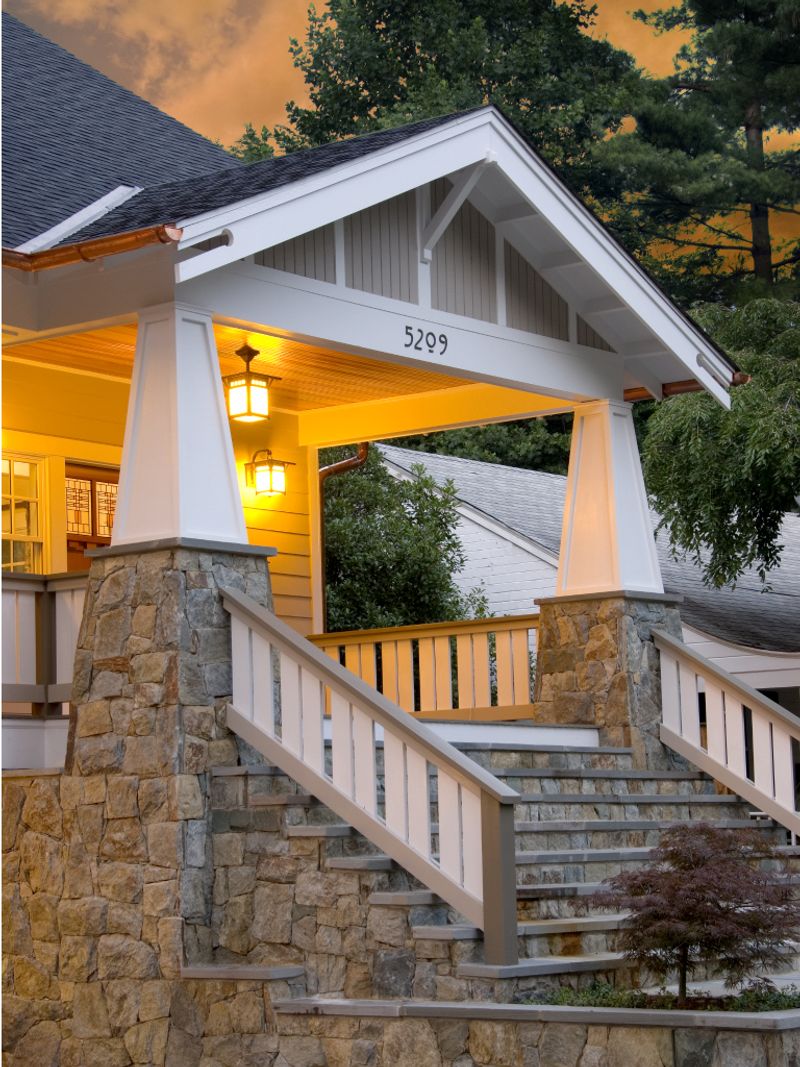
Craftsman bungalows practically made sleeping porches their signature feature. These homes often included built-in sleeping nooks with gorgeous woodwork and thoughtful ventilation design.
Colonial Revival houses added screened sleeping wings, while Prairie Style homes incorporated horizontal sleeping porches that blended seamlessly with their low-profile designs.
Southern architecture embraced wraparound sleeping porches with high ceilings and ceiling fans, creating the ultimate heat-beating bedroom retreats.
5. Why Air Conditioning Ruined The Sleeping Porch
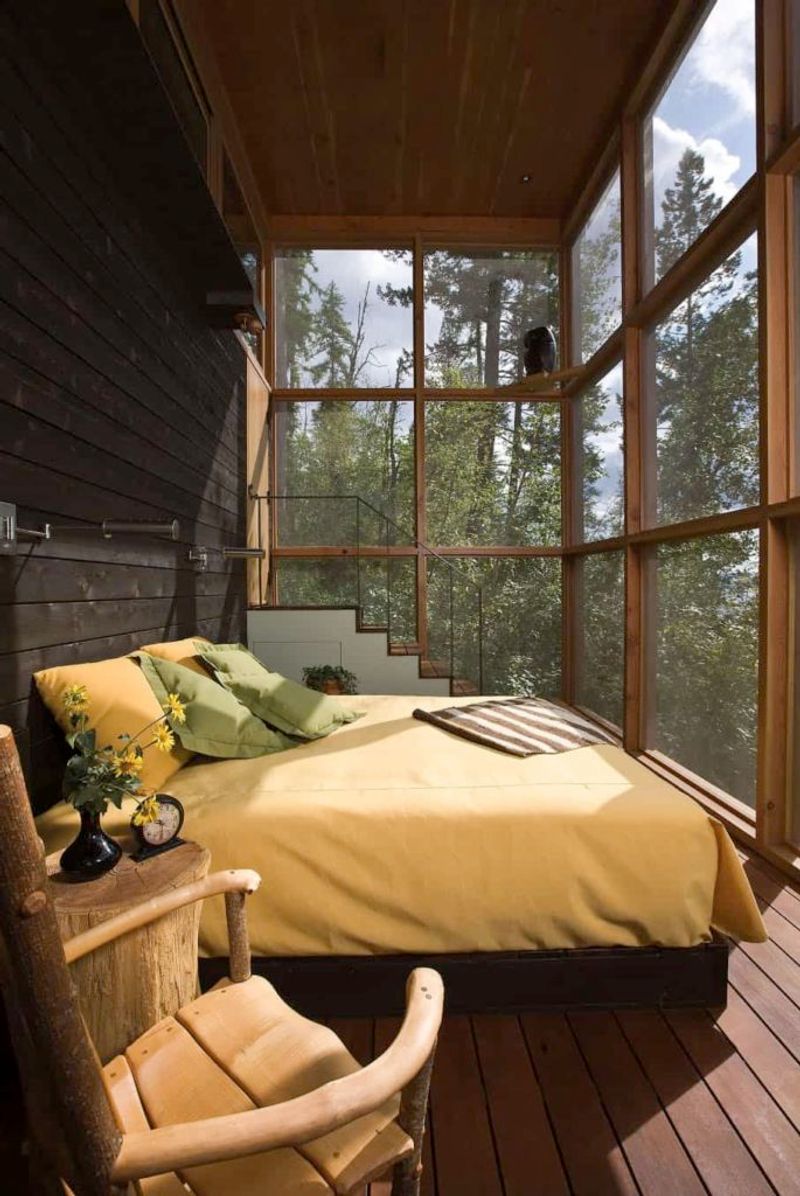
When affordable air conditioning hit the scene in the 1950s, sleeping porches became yesterday’s news faster than you could say “cool breeze.”
Families abandoned their outdoor bedrooms for climate-controlled indoor spaces. Many sleeping porches were converted into sunrooms, offices, or storage areas.
The convenience of controlling temperature year-round made these seasonal spaces seem obsolete. Why deal with bugs and weather when you could sleep in perfect comfort indoors?
6. Modern Reasons For A Sleeping Porch Comeback

Climate change has everyone sweating over rising energy bills and environmental impact. Sleeping porches offer a low-tech solution that our great-grandparents would totally understand.
Natural cooling saves money and reduces carbon footprints. Plus, there’s something deeply satisfying about falling asleep to cricket symphonies instead of humming air conditioners.
Mental health benefits include better connection to nature and improved sleep quality from fresh air circulation and natural temperature regulation.
7. Converting Existing Spaces Into Sleeping Porches
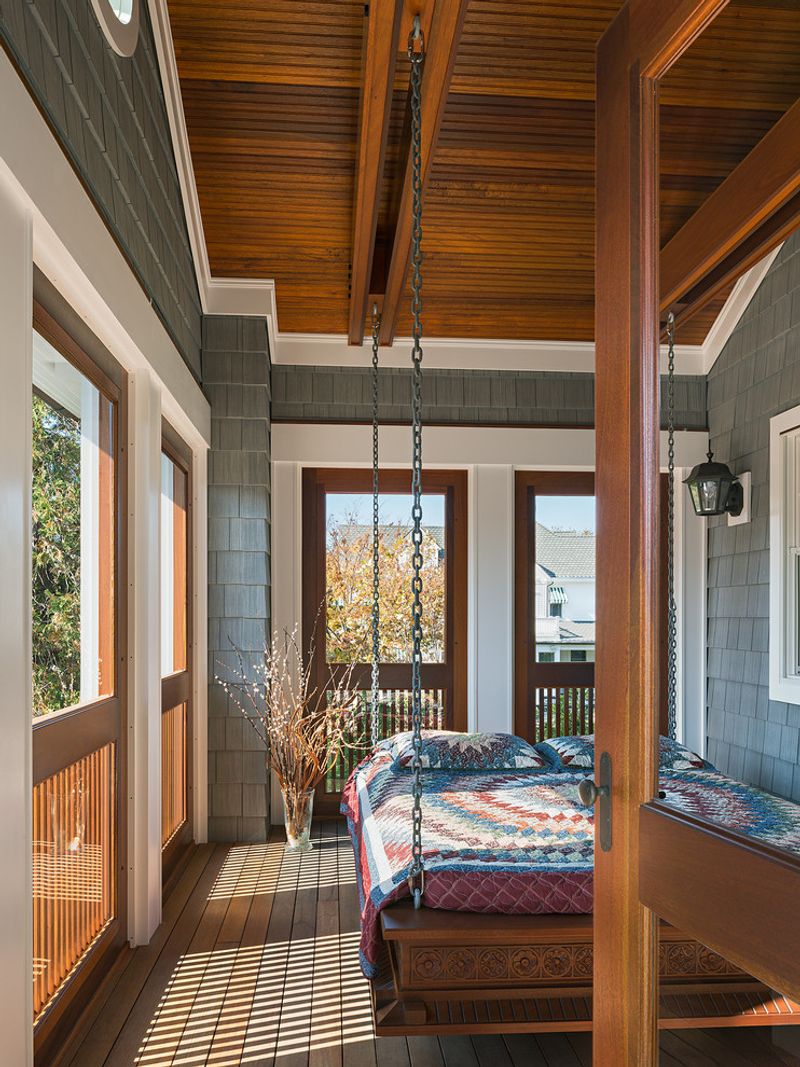
Got a deck, patio, or unused porch? You’re halfway to sleeping porch paradise! Adding screens and weatherproofing can transform these spaces into cozy outdoor bedrooms.
Many homeowners start with temporary solutions like mosquito netting before committing to permanent screening. Consider electrical outlets for fans and lighting to maximize comfort.
Professional contractors can help with proper drainage, flooring, and structural modifications to ensure your new sleeping space stays dry and comfortable.
8. Essential Features For Modern Sleeping Porches
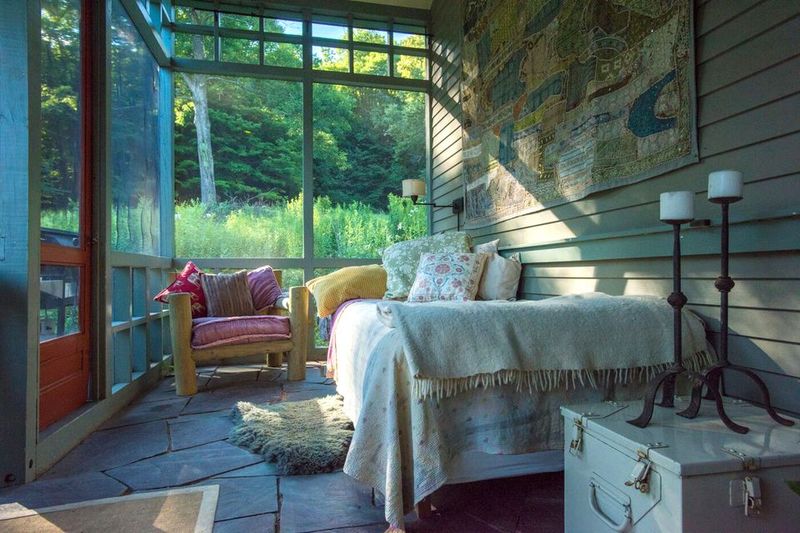
Quality screens are non-negotiable for keeping bugs out while letting breezes in. Choose fine mesh that blocks even tiny insects but doesn’t restrict airflow.
Ceiling fans provide extra air circulation on still nights. Weather-resistant furniture and waterproof storage protect belongings from unexpected rain.
Consider privacy screens or curtains for neighborhoods where houses sit close together. Good drainage prevents water damage during storms.
9. Dealing With Weather And Seasonal Challenges
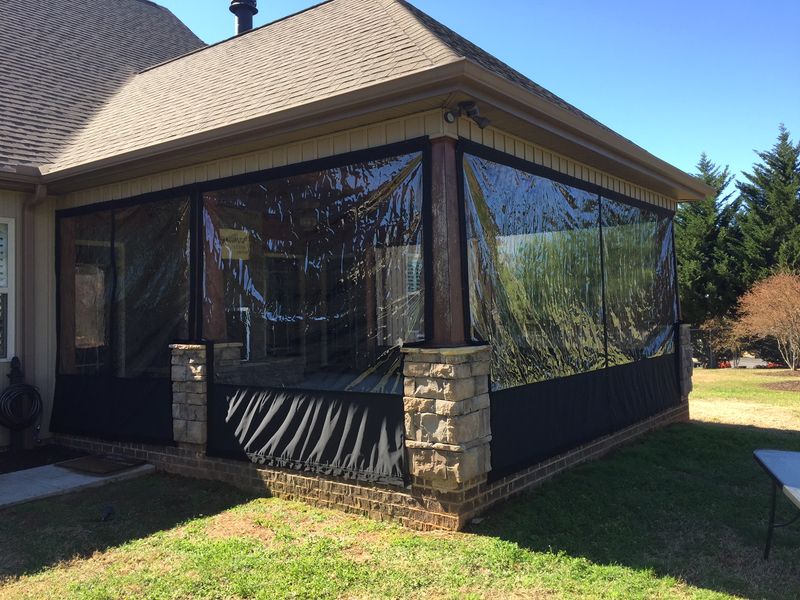
Mother Nature doesn’t always cooperate with outdoor sleeping plans. Rain, wind, and temperature swings can turn dream nights into soggy disasters.
Retractable awnings and storm panels help protect against harsh weather. Some sleeping porches include heating elements for shoulder season use.
Smart design includes proper drainage, wind-resistant screens, and furniture that can be quickly moved or covered when storms approach unexpectedly.
10. Bug Prevention Beyond Basic Screens
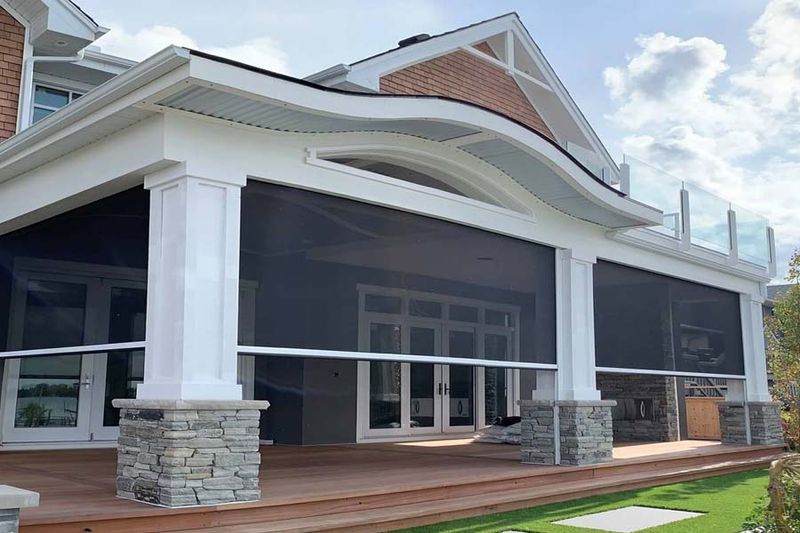
Even the best screens can’t stop determined mosquitoes from finding tiny gaps. Seal all openings where screens meet walls or frames.
Natural bug deterrents like citronella plants, lavender, and marigolds create beautiful barriers around sleeping areas. Essential oil diffusers add pleasant scents while repelling insects.
Regular screen maintenance prevents tears that invite unwanted visitors. Consider double-screening high-bug areas for extra protection during peak mosquito seasons.
11. Safety Considerations For Outdoor Sleeping

Sleeping outdoors requires extra security planning compared to indoor bedrooms. Lockable screens and motion-sensor lighting deter unwanted visitors.
Ground-level sleeping porches need sturdy locks and possibly security cameras. Upper-level porches offer natural security but require safe access stairs or railings.
Keep emergency supplies nearby, including flashlights, first aid kits, and communication devices. Inform neighbors about your outdoor sleeping habits for added security awareness.
12. Creating Comfort In All-Weather Sleeping Spaces
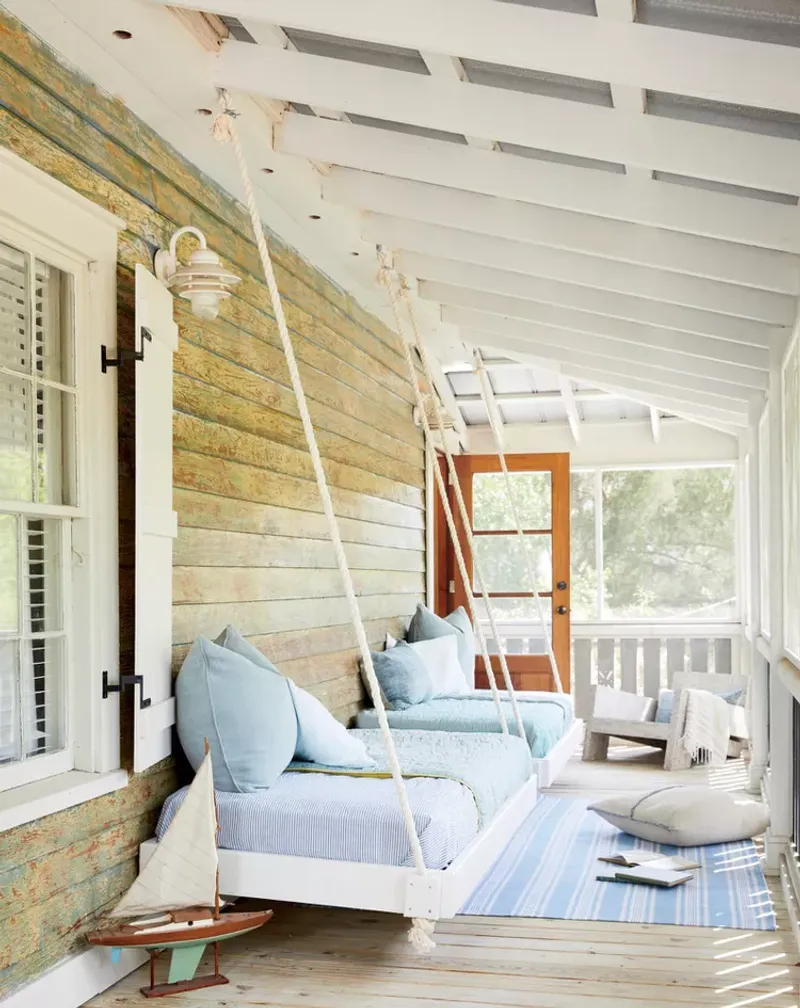
Comfort goes beyond just having a bed outdoors. Layer bedding options for temperature changes throughout the night, from lightweight sheets to warmer blankets.
Waterproof mattress protectors prevent moisture damage from humidity or unexpected rain. Portable heaters extend the sleeping season into cooler months.
Storage solutions keep extra bedding, pillows, and personal items organized and protected. Consider built-in benches with storage compartments for maximum efficiency.
13. Privacy Solutions For Urban Sleeping Porches

City sleeping porches face unique privacy challenges with neighbors living just feet away. Strategic landscaping with tall plants or trees creates natural barriers.
Retractable curtains or bamboo screens offer flexible privacy options that can be adjusted based on wind and weather conditions.
Consider the sight lines from neighboring windows and position beds accordingly. Decorative privacy panels can double as artistic elements while blocking unwanted views.
14. Cost-Effective Ways To Start Porch Sleeping

You don’t need a mansion budget to enjoy sleeping porch benefits. Start with basic mosquito netting around existing outdoor furniture or air mattresses.
Thrift stores often have weather-resistant furniture perfect for porch sleeping experiments. DIY screen panels cost much less than professional installation.
Test the concept with temporary setups before investing in permanent modifications. Many families discover they love porch sleeping after just a few nights of budget experimentation.
15. The Future Of Sleeping Porches In Modern Homes

Smart home technology is revolutionizing sleeping porches with automated screens, climate monitoring, and app-controlled fans. Future designs might include solar-powered cooling systems.
Sustainable materials and energy-efficient features appeal to environmentally conscious homeowners seeking alternatives to energy-intensive air conditioning.
As urban heat islands worsen and energy costs rise, sleeping porches offer a charming solution that connects us with nature while reducing environmental impact.


